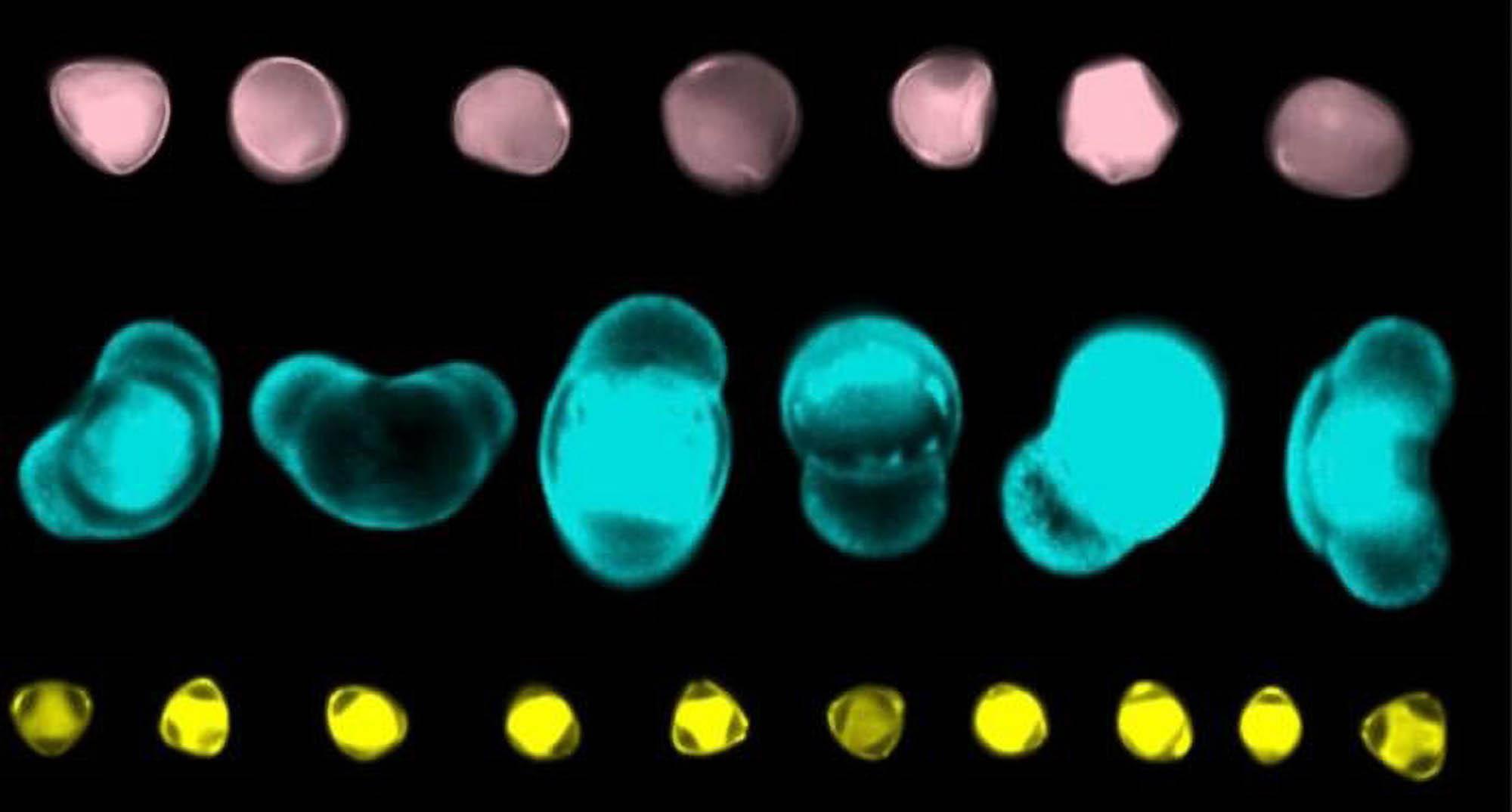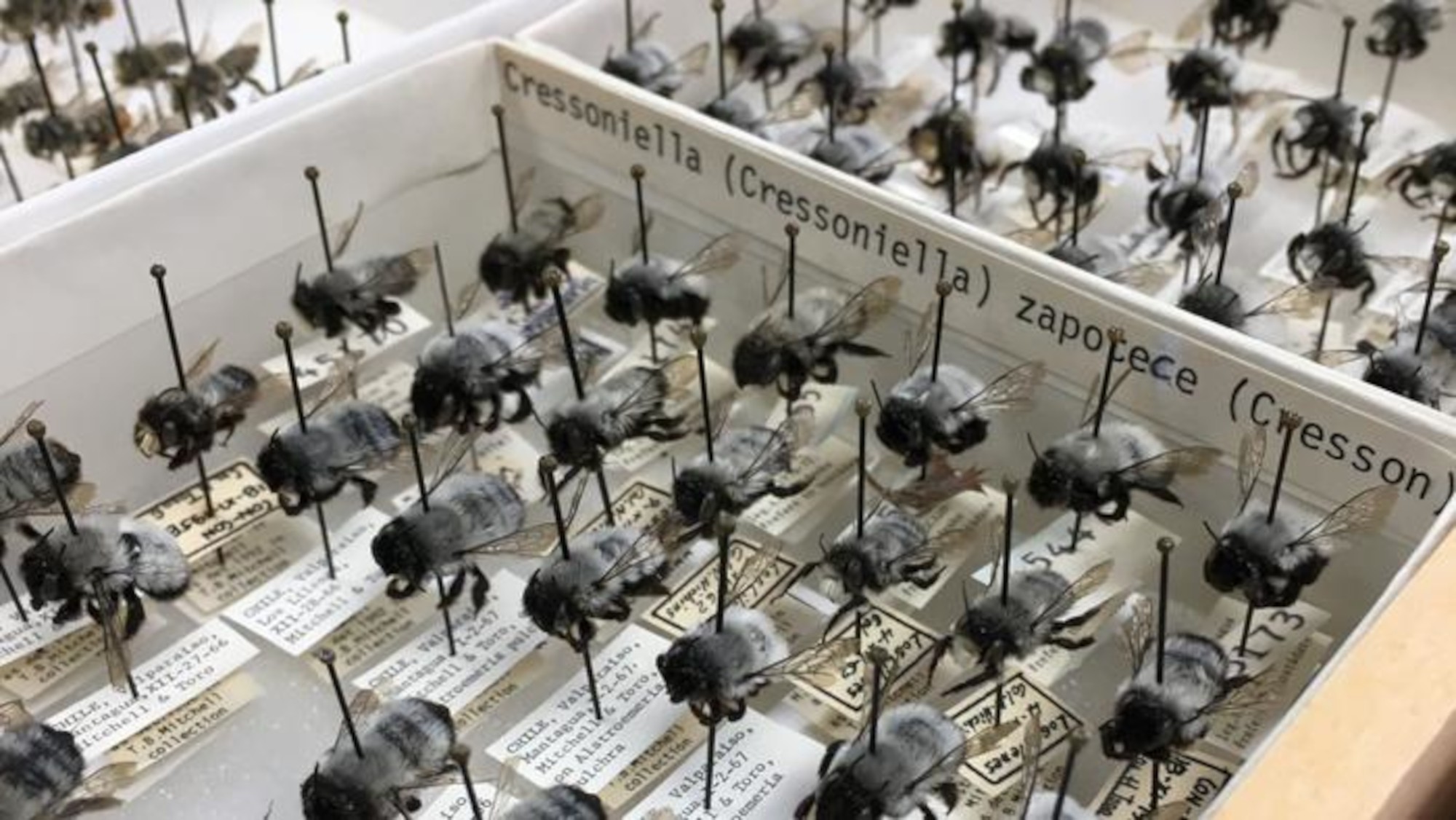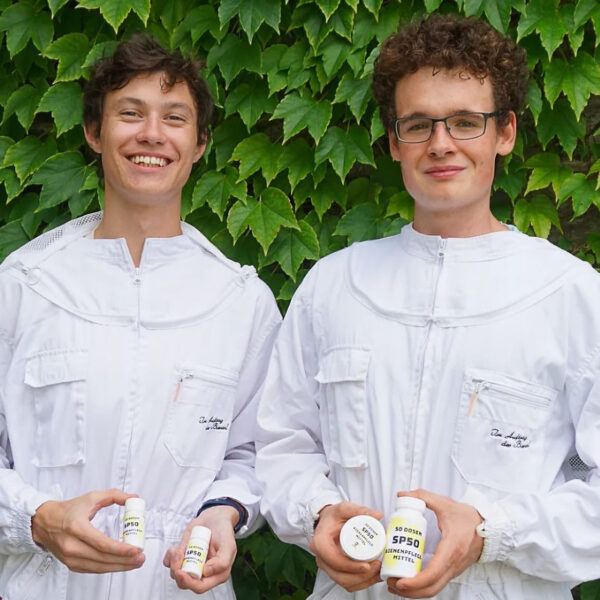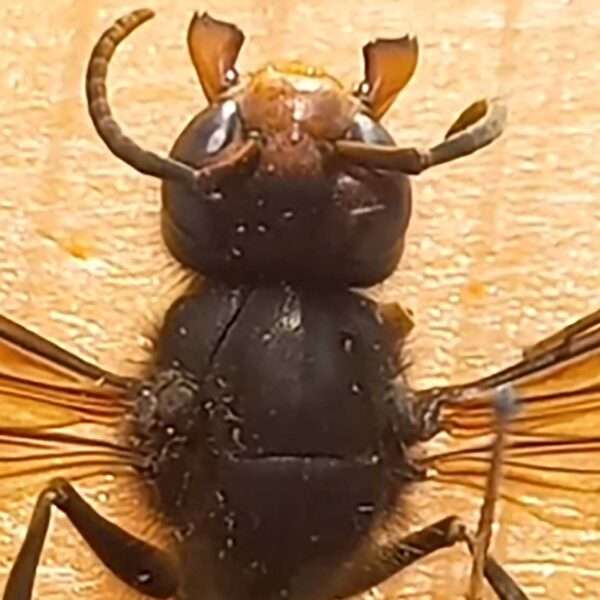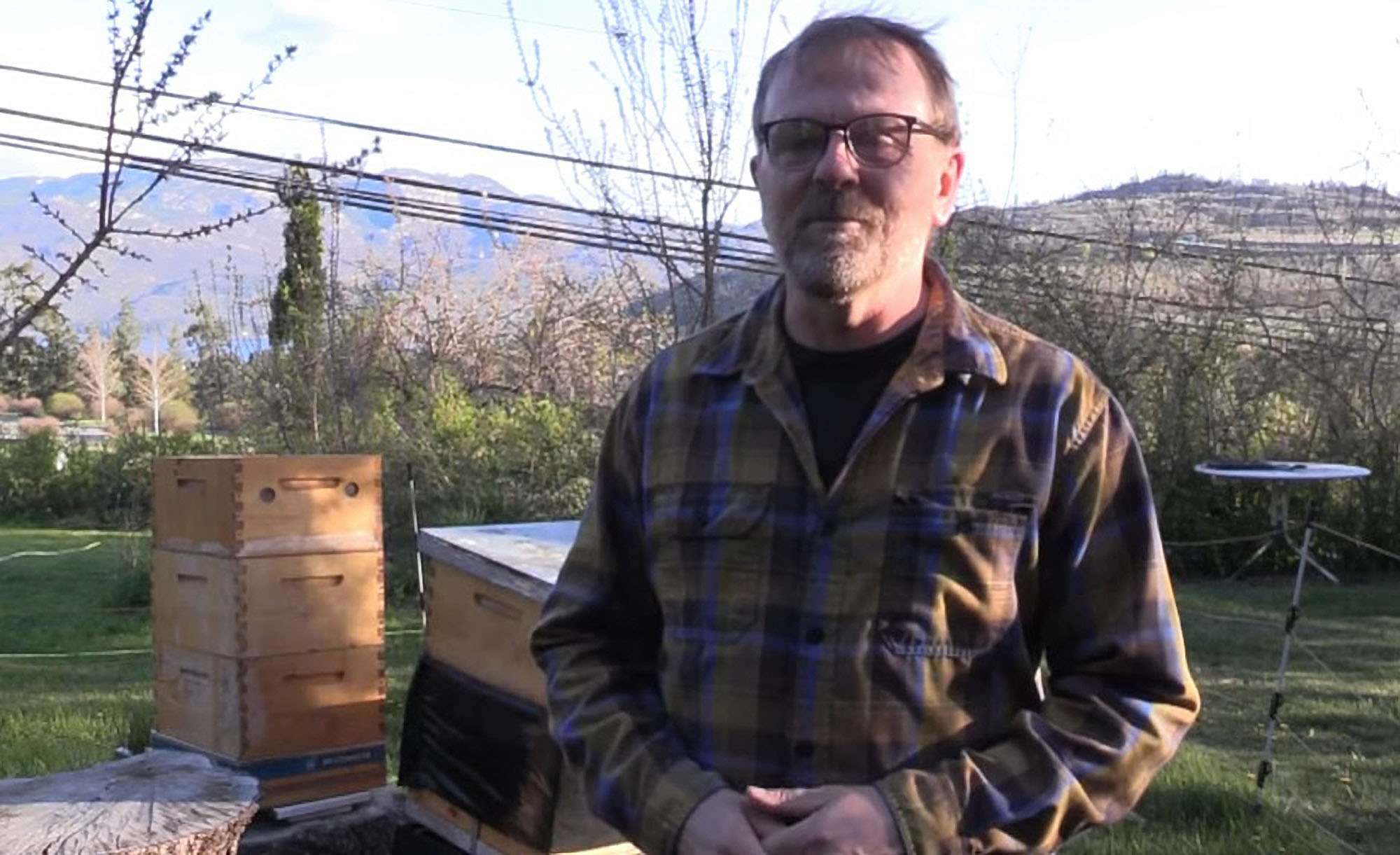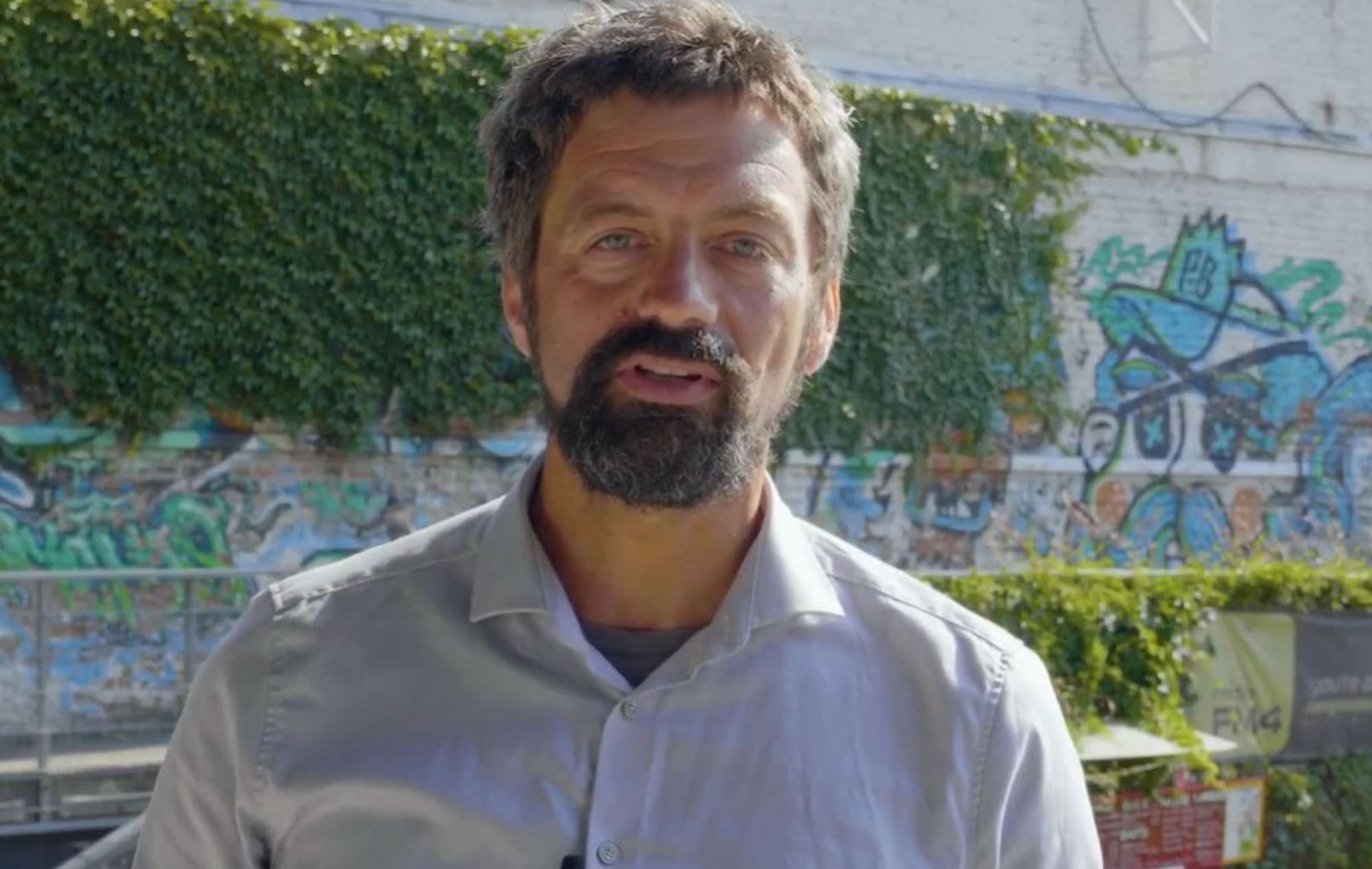Scientists in Great Britain are combining rapid imaging with artificial intelligence in a bid to find out more about past flora and reduce the symptoms of hay fever sufferers.
Analysing the unique pollen grains from different plant species helps researchers to understand which plants were thriving throughout the centuries. Scientists still have to spend a lot of time counting pollen manually.
Now researchers concentrate on developing technology which could help to determine historic changes regarding pollen, which is essential to bees, much quicker.
Science news website EurekAlert reports that experts from the University of Exeter, England, and Swansea University in Wales are “combining cutting-edge technologies including imaging flow cytometry and artificial intelligence.”
Dr Ann Power from Exeter University’s Bioeconomy Centre said: “Pollen is an important environmental indicator.”
She emphasised: “Piecing together the jigsaw of different pollen types in the atmosphere, both today and in the past, can help us build up a picture of biodiversity and climate change.”
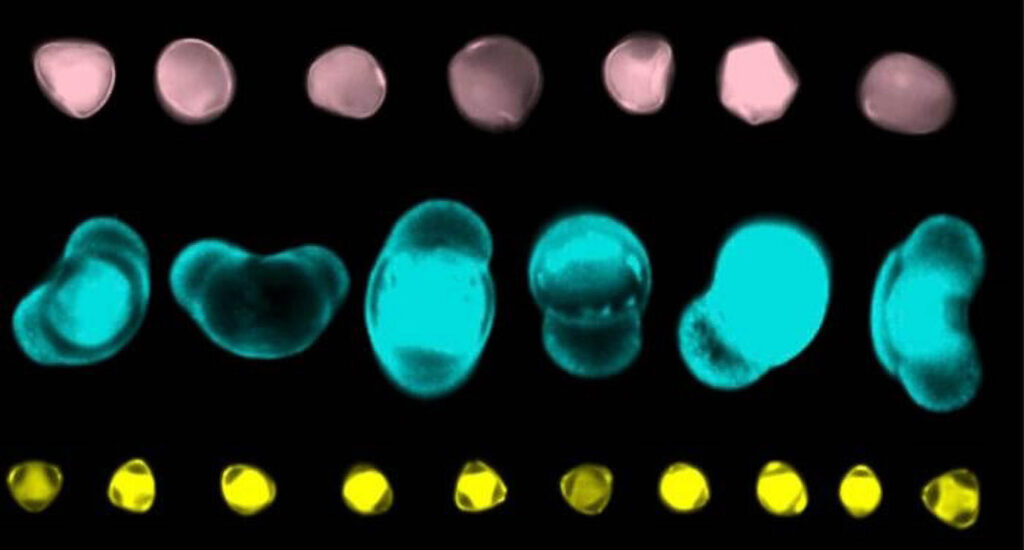
Dr Power claimed that the system she and her colleagues had been working on would work much faster than previous methods and improve classifications.
The multi-disciplinary postdoctoral researcher concluded: “This means we can build a richer picture of pollen in the environment far more swiftly, revealing how the climate, human activity and biodiversity have changed over time, or better understand what allergens are in the air we breathe.”
The scientists managed to quickly determine more than 1,000 pollen grains when they applied the technology to analyse a 5,500-year-old slice of lake sediment core.
Pollen is an important nutrition source for honeybees and solitary pollinators. Experts at the United States Geological Survey said: “Bees feed on and require both nectar and pollen.
“The nectar is for energy and the pollen provides protein and other nutrients. Most pollen is used by bees as larvae food, but bees also transfer it from plant to plant, providing the pollination services needed by plants and nature as a whole.”
The setup of the researchers in Exeter and Cardiff is based on imaging flow cytometry, a technology which is used to examine cells in medical research. EurekAlert reports: “A unique type of artificial intelligence has then been developed based on deep learning to identify the different types of pollen in an environmental sample.
Swansea University’s Dr Claire Barnes said: “Incorporating a unique version of deep learning into our system means the artificial intelligence is smarter and applies a more flexible approach to learning.”
She revealed: “It can deal with poor quality images and can use shared species characteristics to predict what family of plant the pollen belongs to even if the system hasn’t seen it before during training.”
Now the scientists want to improve the technology to find out more about grass pollen to support those suffering from hay fever.
Dr Power said: “Some grass pollens are more allergenic than others. If we can understand better which pollens are prevalent at specific times, it would lead to improvements in the pollen forecast that could help people with hayfever plan to reduce their exposure.”

